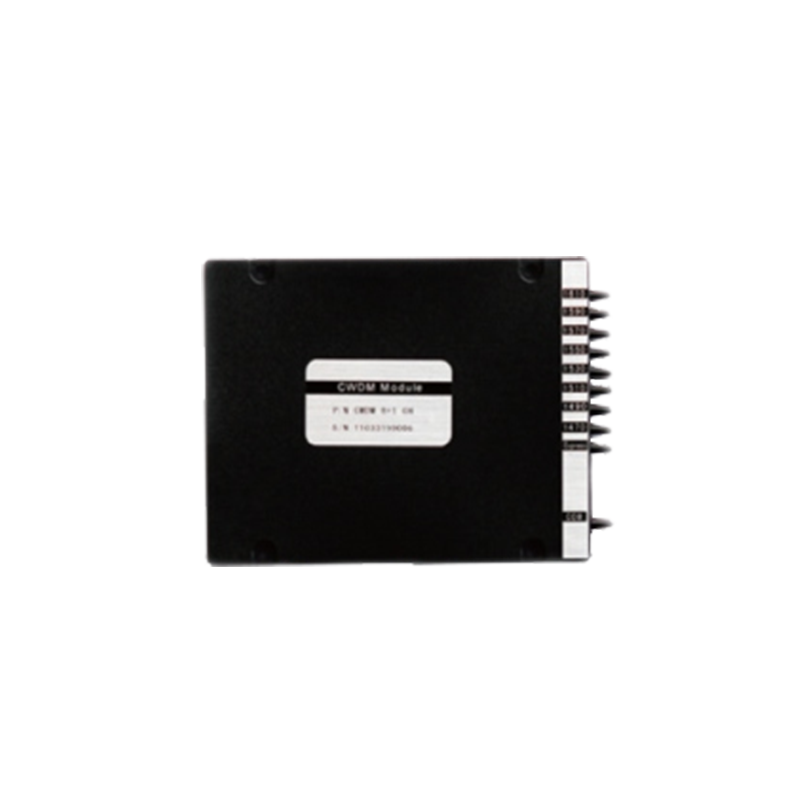What Are the Key Applications of Passive Optical Devices in Modern Technology?
Passive optical devices have a wide range of applications across various fields, from telecommunications to healthcare. But what are the key applications of these devices in modern technology, and how are they shaping the future of various industries?
In the field of telecommunications, passive optical devices are at the core of fiber-optic networks, which transmit data as light pulses over long distances. Optical fibers, the backbone of these networks, are passive devices that guide light with minimal loss, enabling high-speed data transmission across continents. Optical splitters and couplers distribute and combine signals, making efficient use of the available bandwidth. The use of passive optical devices in telecommunications has revolutionized the way data is transmitted, providing the foundation for high-speed internet, streaming services, and global communication.

Data centers rely on passive optical devices to manage and distribute vast amounts of data efficiently. Optical patch panels, connectors, and fibers are used to route data between servers, storage systems, and networks without the need for electrical power. This passive infrastructure is essential for maintaining high data throughput and reducing latency in data centers. Additionally, the scalability of passive optical networks allows data centers to expand their capacity easily, accommodating the ever-increasing demand for data processing and storage.
In healthcare, passive optical devices are used in various diagnostic and therapeutic applications. Optical fibers are commonly used in endoscopy, a minimally invasive procedure that allows doctors to view internal organs and tissues. The flexibility and small diameter of optical fibers make them ideal for navigating the body’s intricate structures. Passive optical filters and lenses are also used in medical imaging devices to enhance the quality of images, enabling more accurate diagnoses. The use of passive optical devices in healthcare continues to grow, offering new possibilities for improving patient care and treatment outcomes.
Passive optical devices play a critical role in advanced sensing technologies used in industries such as oil and gas, aerospace, and environmental monitoring. Fiber optic sensors, for example, are used to detect changes in temperature, pressure, and strain along pipelines, aircraft structures, and other critical infrastructure. These sensors operate without the need for external power and can provide real-time data over long distances. The accuracy and reliability of passive optical sensing devices make them indispensable tools for monitoring and maintaining the integrity of essential systems.
In defense and security applications, passive optical devices are used for communication, surveillance, and targeting systems. Fiber optic communication links are preferred in military networks for their immunity to electromagnetic interference and ability to transmit data securely over long distances. Passive optical components like splitters and couplers are also used in surveillance systems to distribute optical signals to multiple monitoring points. The stealth and reliability of passive optical devices make them valuable assets in military operations, where secure and efficient communication is critical.
Passive optical devices are also key tools in scientific research and development. In fields such as physics, chemistry, and biology, optical fibers and lenses are used in experiments that require precise control and manipulation of light. For instance, in spectroscopy, passive optical devices are used to analyze the interaction of light with matter, providing valuable insights into the composition and behavior of materials. The versatility of passive optical devices allows researchers to explore new frontiers in science, leading to innovations that benefit society as a whole.
The applications of passive optical devices are vast and continue to expand as technology advances. From telecommunications and data management to healthcare and defense, these devices are shaping the future of various industries by providing efficient, reliable, and cost-effective solutions. As the demand for high-speed data transmission, advanced sensing, and precise medical tools grows, passive optical devices will

















